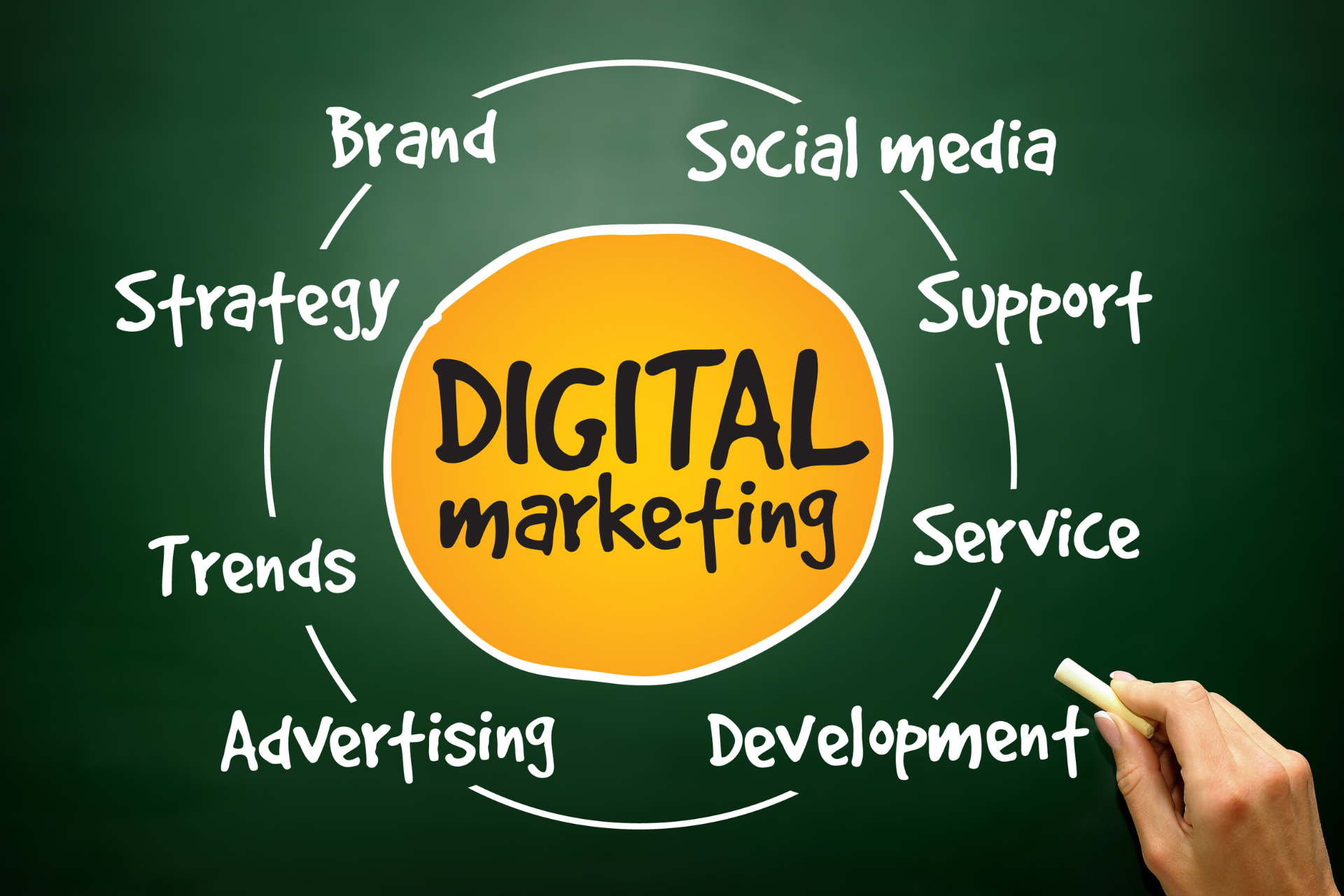In today’s fast-changing world, technology is moving beyond screens and keyboards. One of the most groundbreaking innovations is spatial computing, a system that merges the physical environment with digital information.
Understanding Spatial Computing
Spatial computing refers to the integration of technologies like augmented reality, virtual reality, and artificial intelligence to create immersive, three-dimensional experiences. Unlike traditional computers that limit us to flat screens, spatial computing allows interaction through gestures, movements, and voice commands.
Why It Matters
This technology is transforming industries worldwide. In healthcare, doctors can view patient data during surgeries. In education, students can explore historical events as if they were present. For retail, shoppers can virtually try products before buying.
The versatility of spatial computing makes it one of the most promising advancements of the 21st century.
Challenges to Overcome
Despite its promise, spatial computing faces challenges such as device affordability, accessibility, and privacy concerns. Advanced AR and VR headsets are still expensive, and the use of personal location data must be carefully managed.
The Future Ahead
As technology evolves, spatial computing will become more mainstream. Its integration into everyday life could be as transformative as the arrival of smartphones. From smarter cities to enhanced workplace collaboration, the possibilities are endless.
Conclusion
Spatial computing represents the future of how humans interact with technology. By blending digital and physical realities, it is set to revolutionize industries, education, and personal lives.
Published by The United Indian, delivering insights that inspire and inform.






